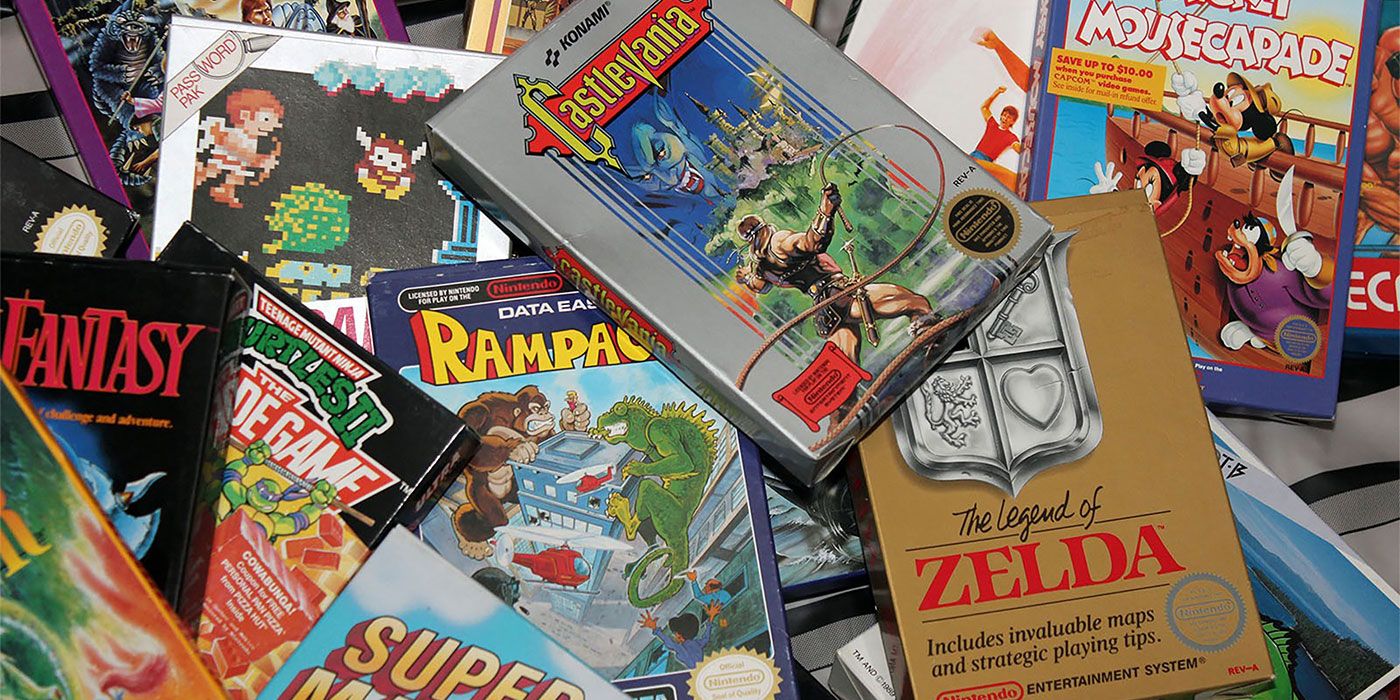Products You May Like
Once upon a time in video game history, learning how to play a new title was akin to building a piece of furniture. Instruction manuals tucked into the covers of every Nintendo game and PC box were the only sources of information about getting started. Nowadays, this vintage practice has slowly fizzled out to a point where gamers will be hard-pressed to find manuals inside the physical copy of many modern games. While the death of game manuals might come as a disappointment to nostalgia-seekers, it’s what’s best for publishers, developers, and consumers.
Certain game manuals are so rare today that collectors will pay top dollar for classic Nintendo titles that come with mint-condition manuals. The how-to booklets of yesteryear have become relics of a different gaming era that modern games companies have long left behind. They cost extra money for publishers to print, developers have to spend time ensuring they’re clear and concise, and gamers might not even receive them because of how most titles are purchased today. For those reasons, instruction manuals needed to die and be completely replaced by in-game tutorials.
Click the button below to start this article in quick view.
Manuals require players to distill information from a piece of paper and then try it out on screen, while tutorials do everything on the screen. Introductory levels that walk players through a game’s basic controls can be a completely seamless experience that lets players learn through trial and error. Certain games, like Valve’s Portal 2, have designed their tutorials so well that they don’t even feel like a lesson but like a natural part of the game’s progression. Requiring users to reference a piece of paper breaks immersion and can become frustrating, but that isn’t even the main reason publishers have stopped printing manuals.
The Death Of Game Manuals Is Imminent
Thanks to high-speed internet and online gaming platform markets like Steam and the PlayStation Store, getting a physical copy of a title is completely optional. Gamers can opt to download their game instead of buying a cartridge or disc, which means they would never even get the opportunity to receive a manual. Digital game sales outnumbered physical sales in 2020 for the first time, and although the COVID-19 pandemic played a big role in nudging downloads upwards, it was bound to happen eventually.
Digital copies let diehard fans play a game they’ve been waiting for the second it’s released. In years prior, consumers had to line up at stores or hope they could get it delivered on the exact day of release. Publishers could still attempt to calculate how many physical copies will sell and print manuals for them, but with most developers like Nintendo including tutorials anyway, ditching manuals is a natural way for companies to cut unnecessary costs. Instruction manuals might be artifacts of gaming’s early years, but they’ve been rendered almost completely useless by modern titles. The booklets inside game cases are dying off, and good riddance.
